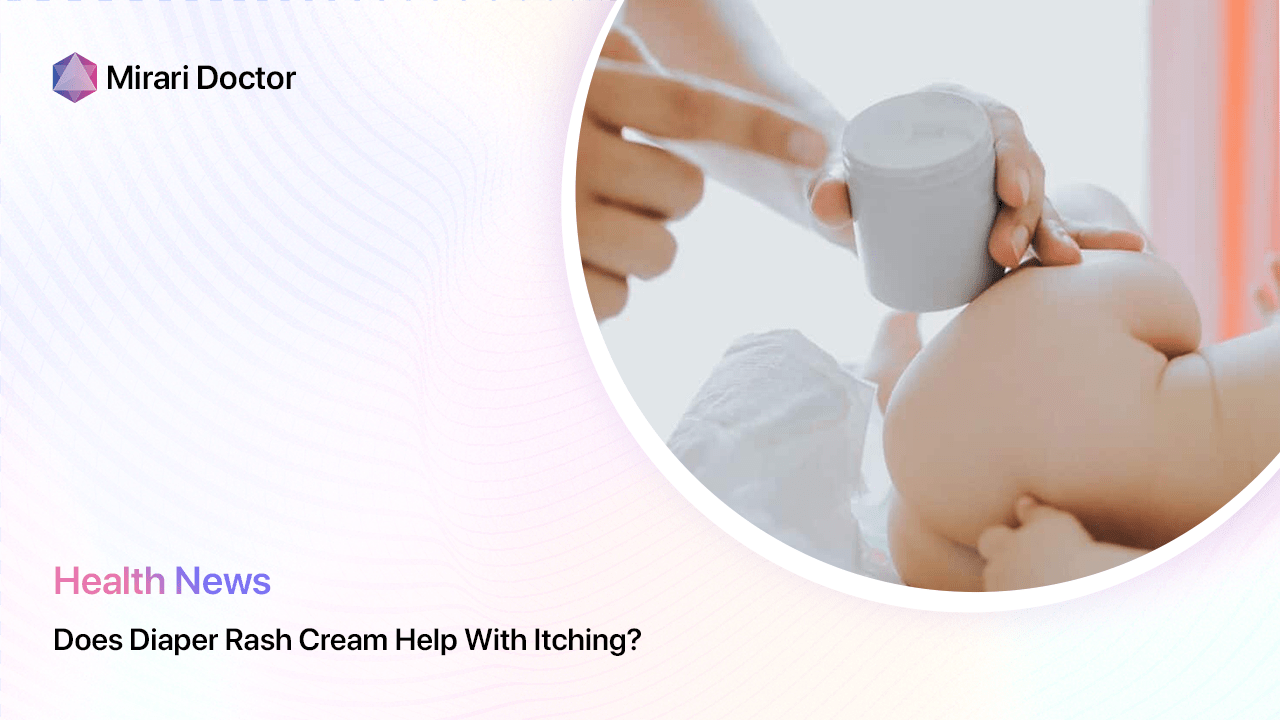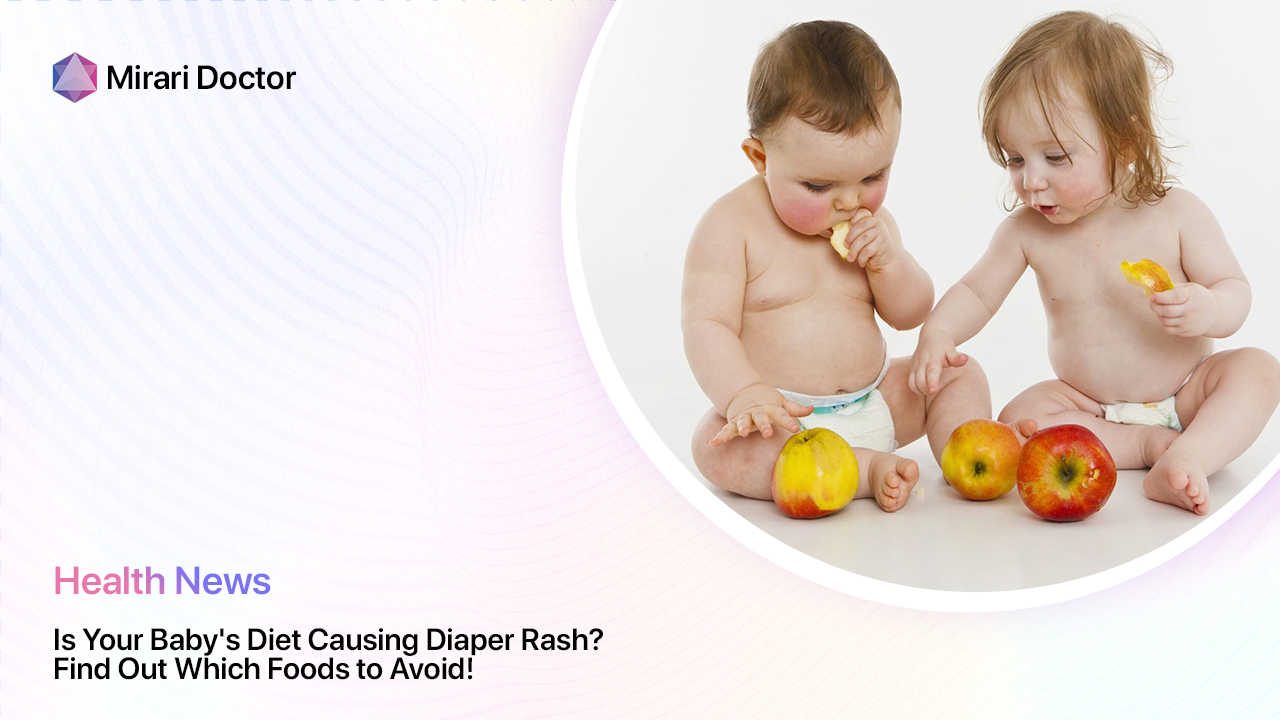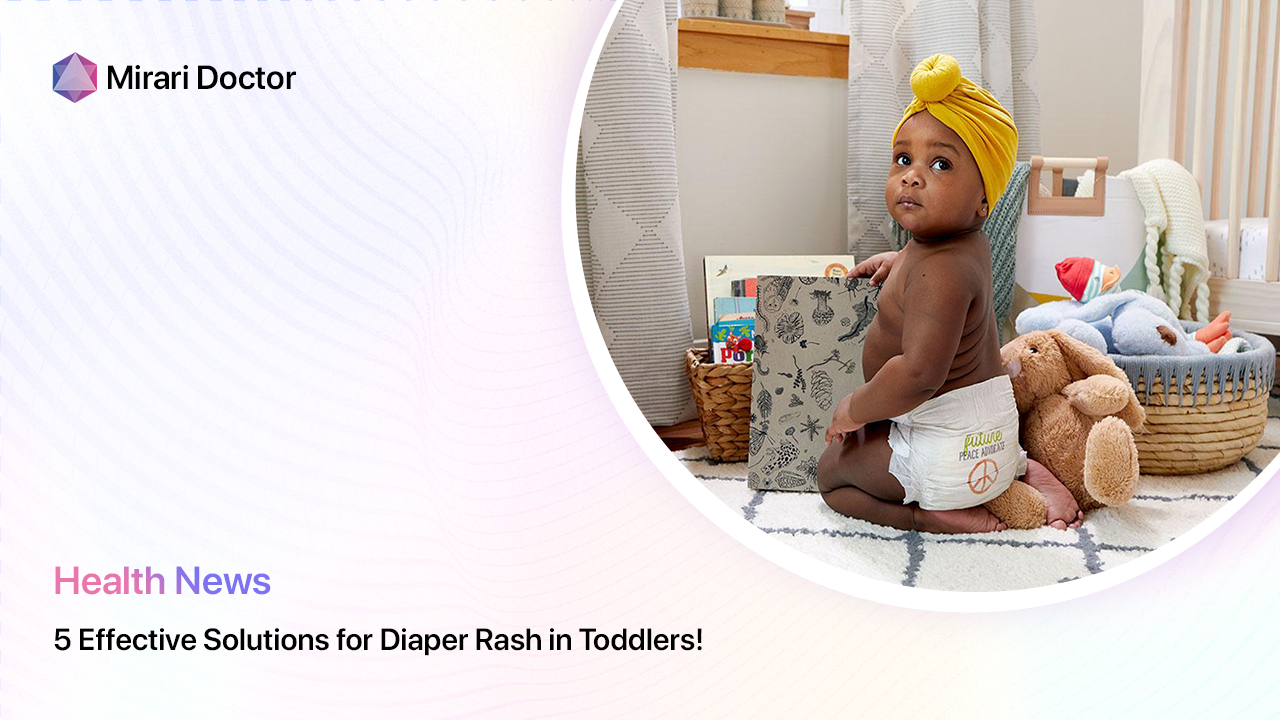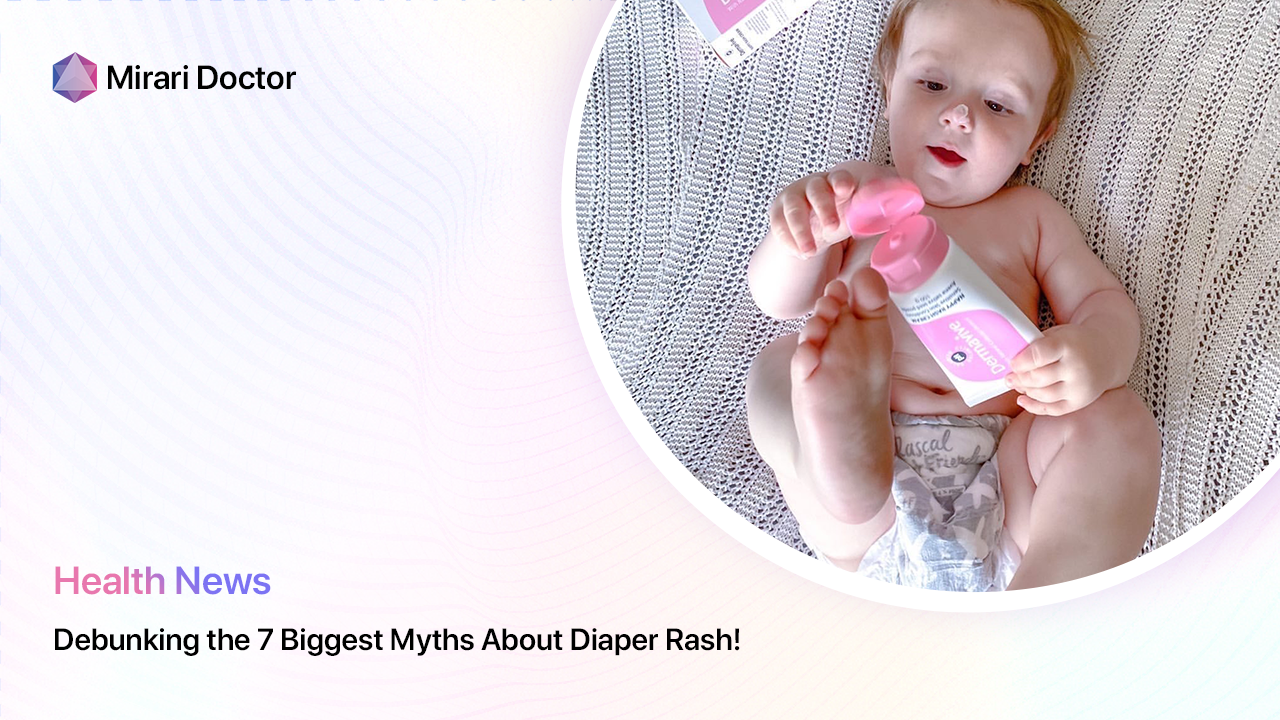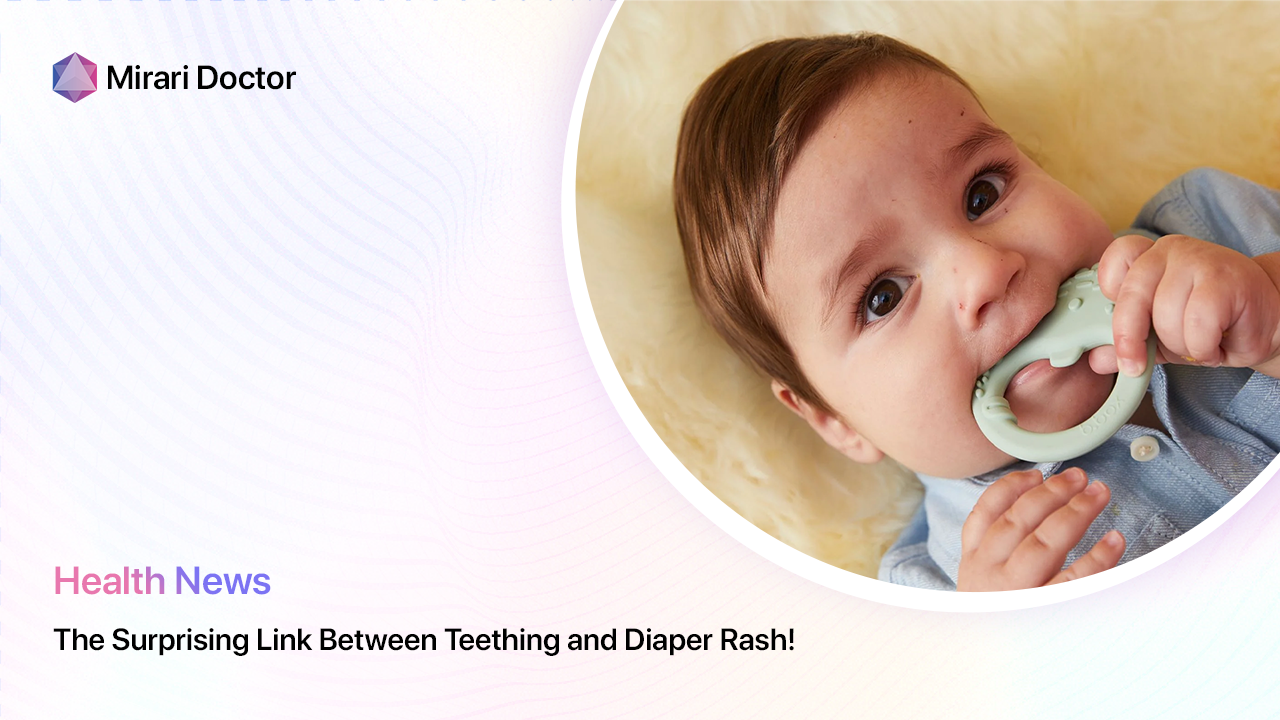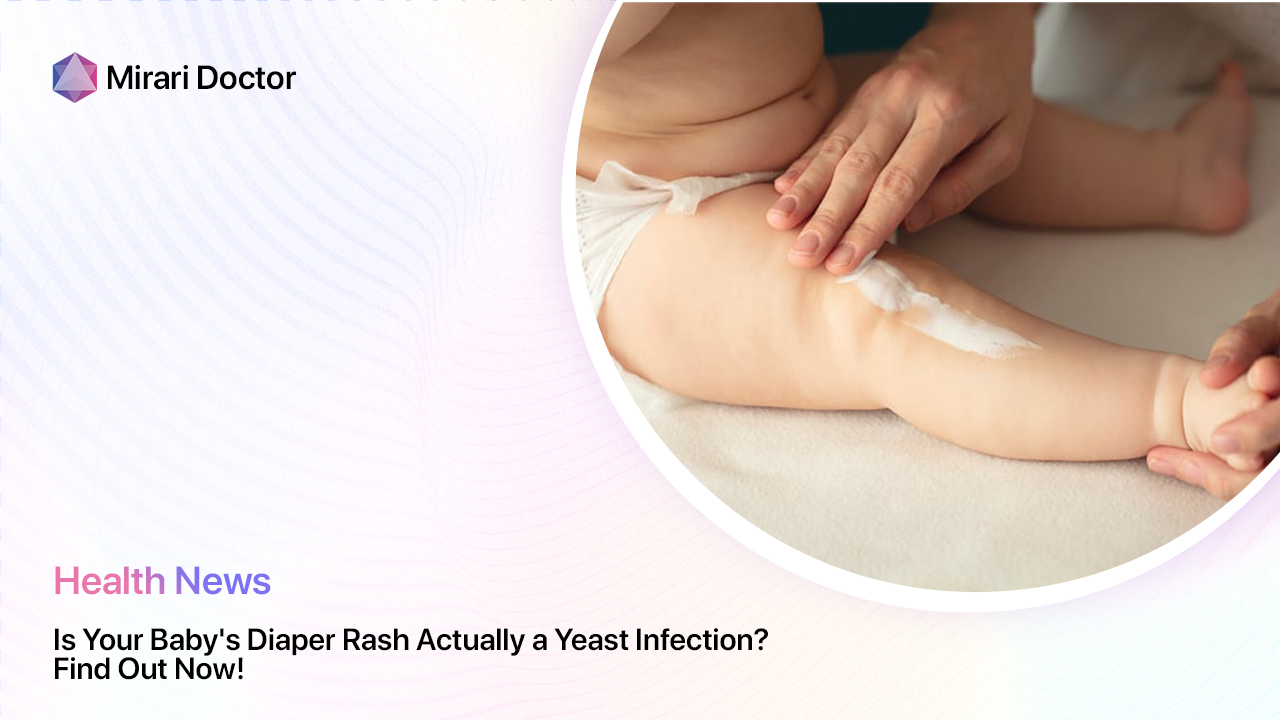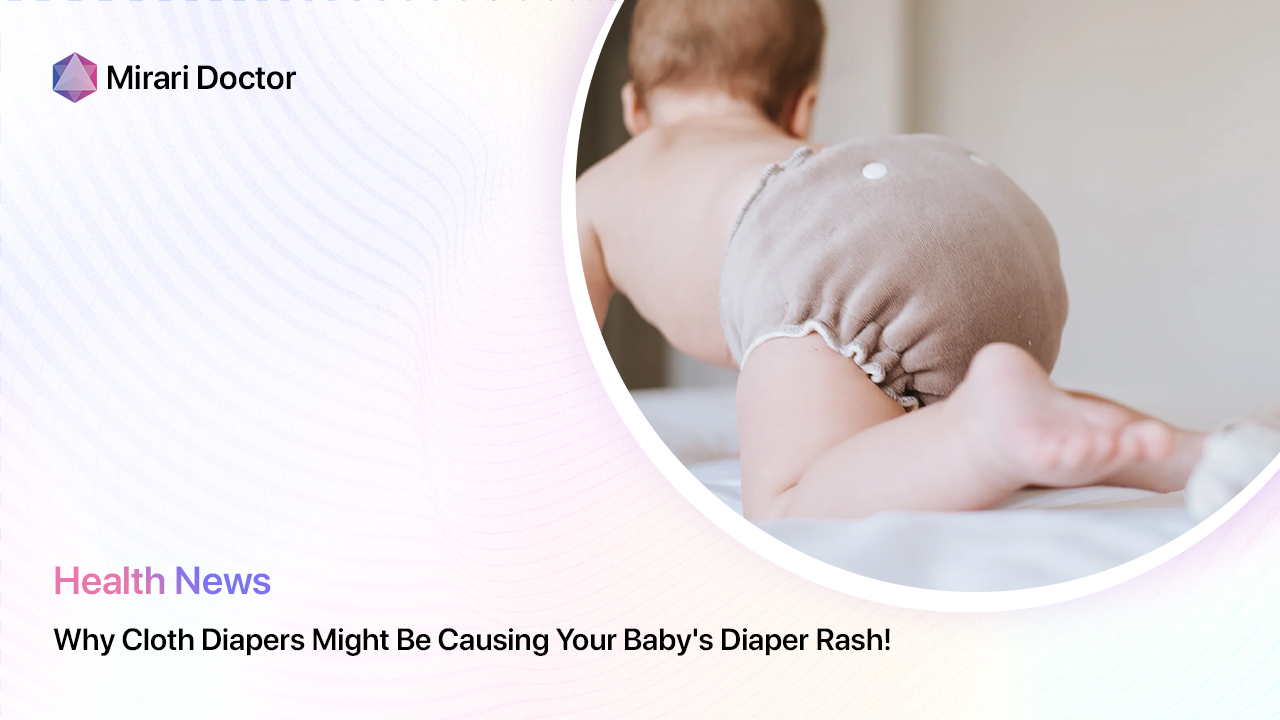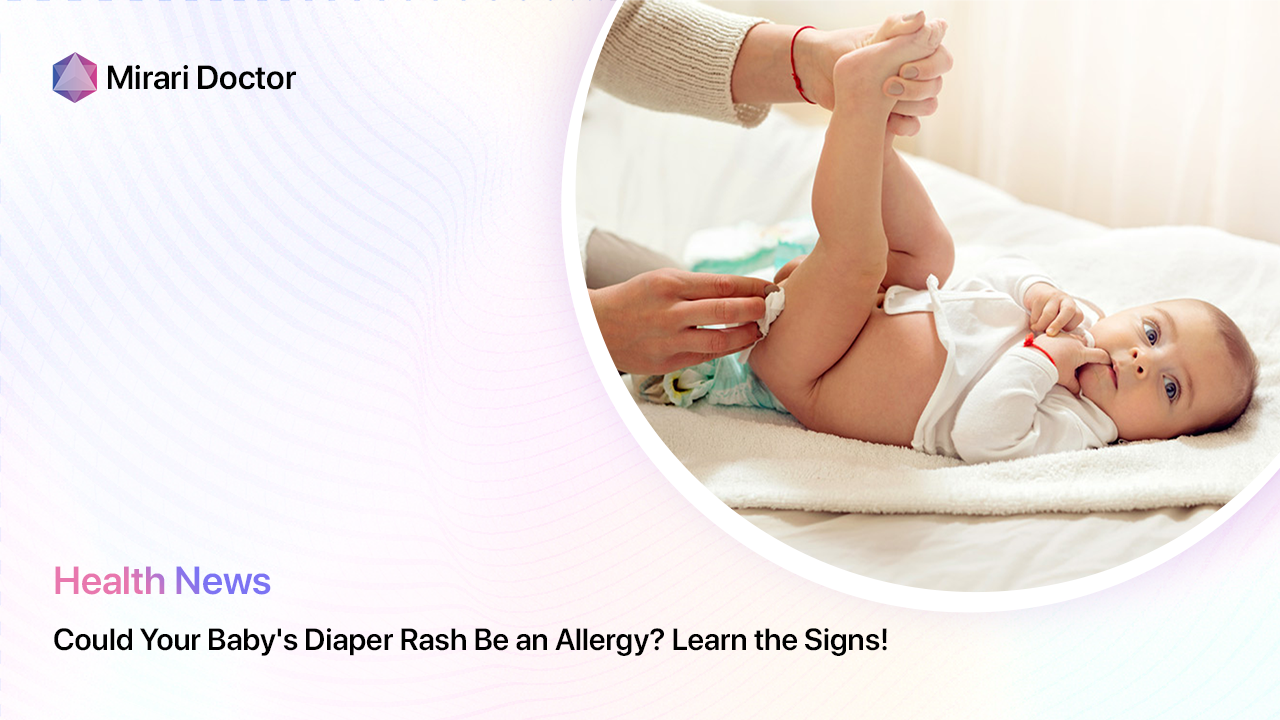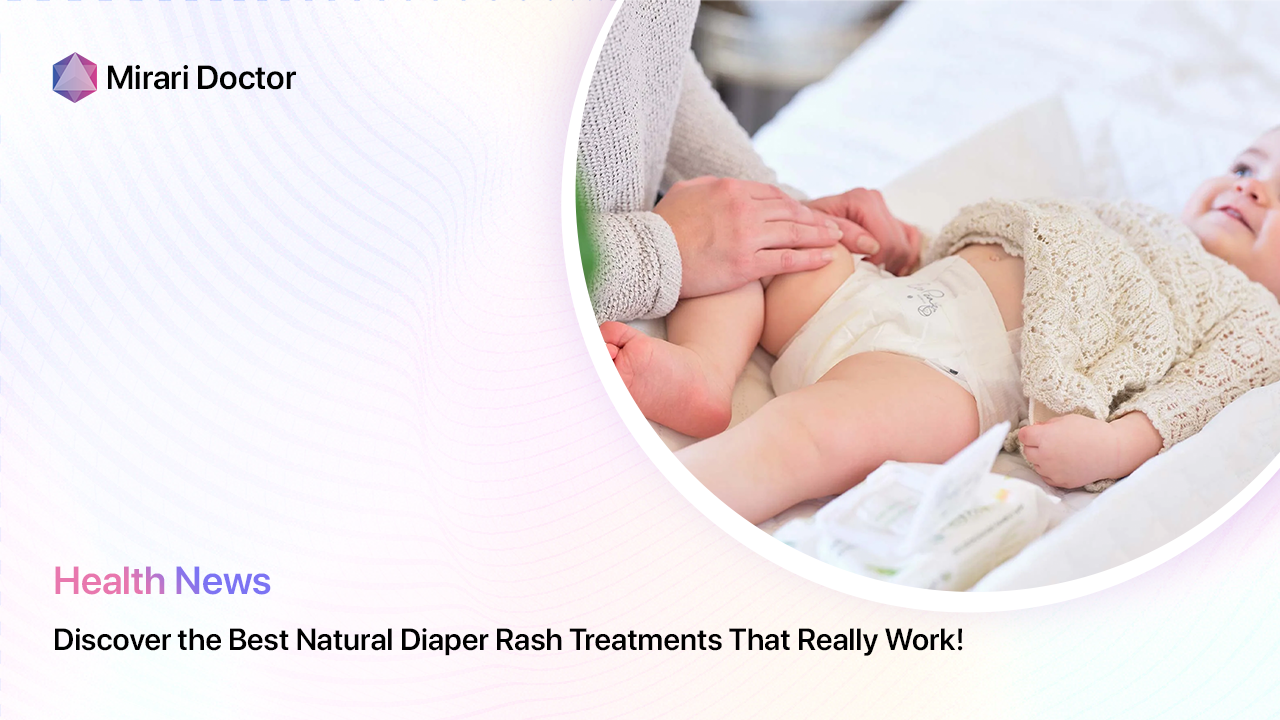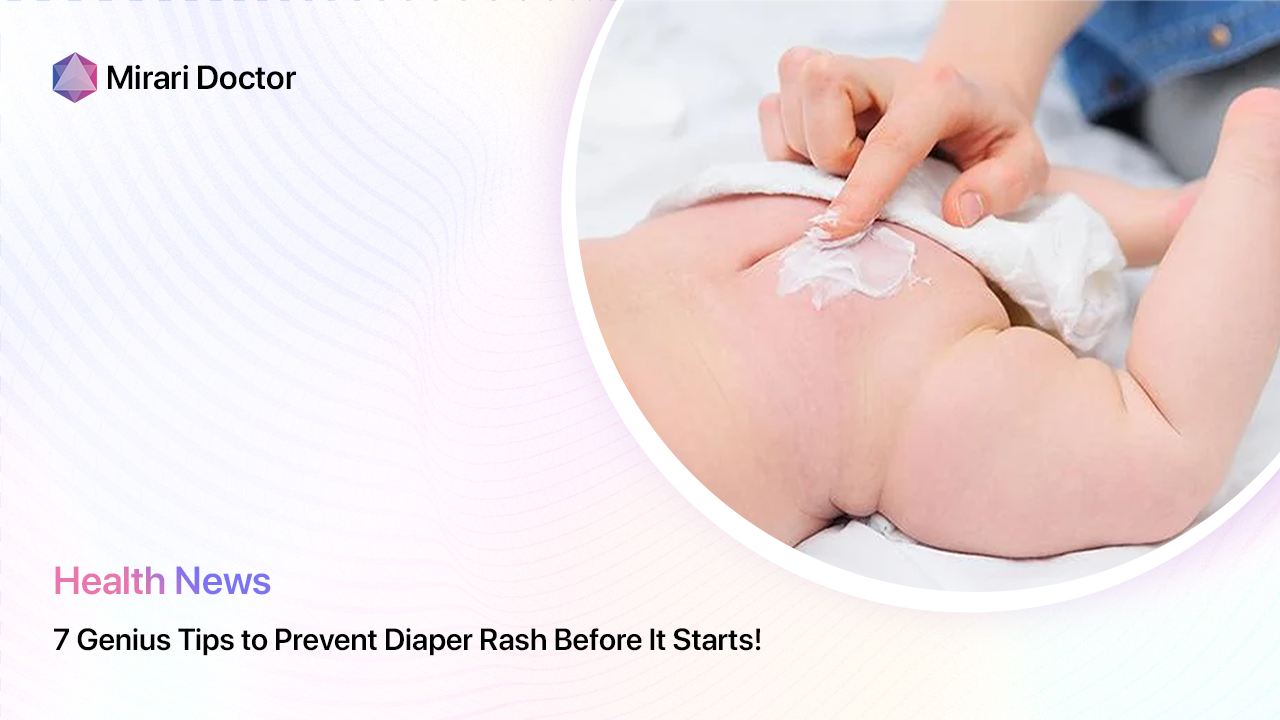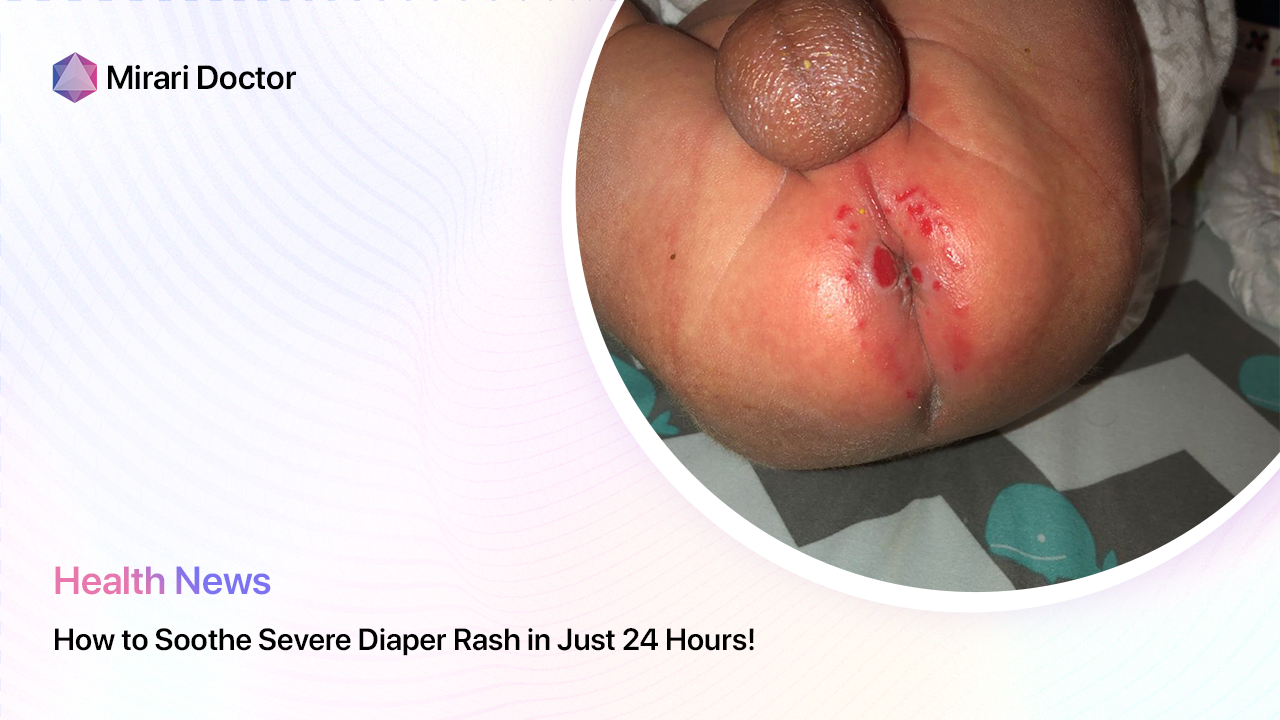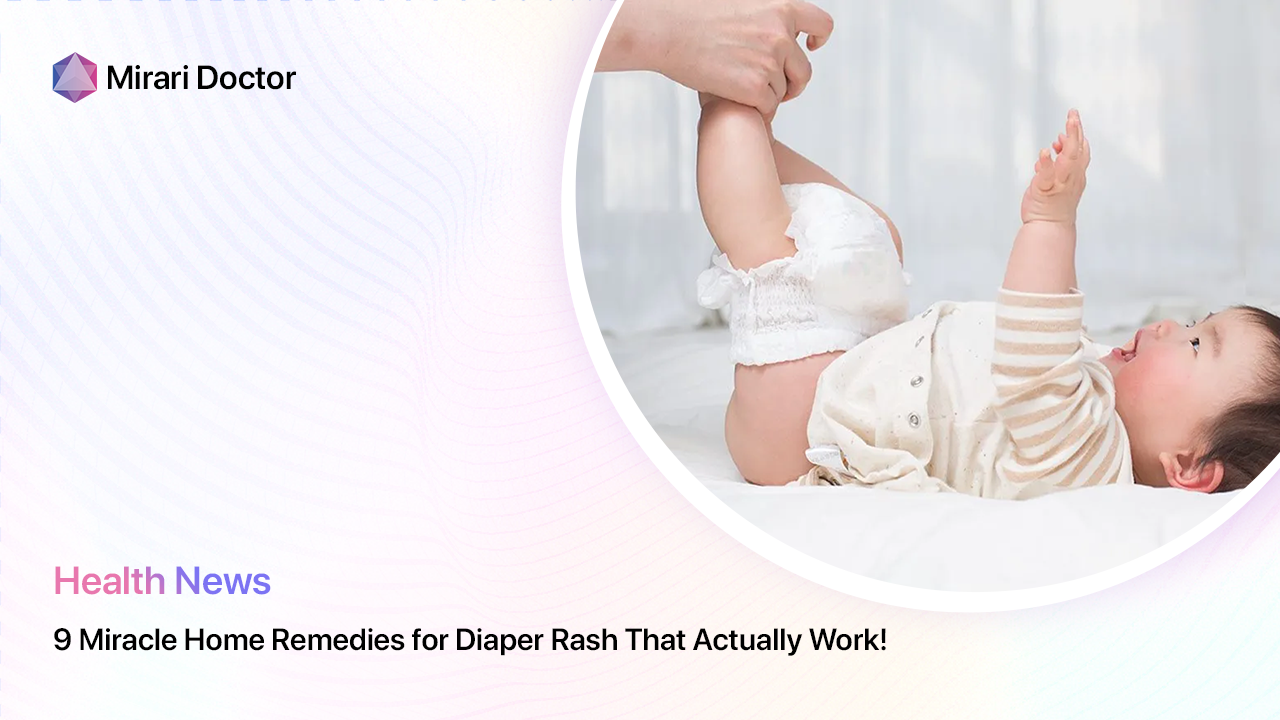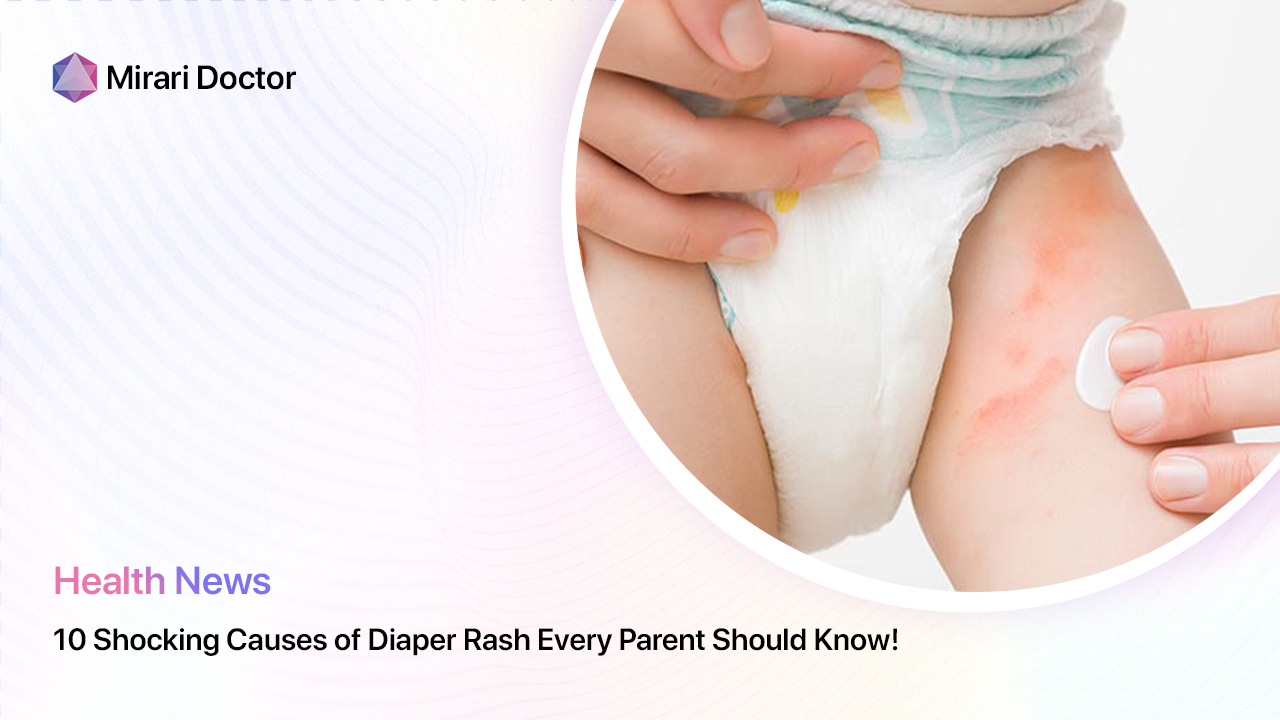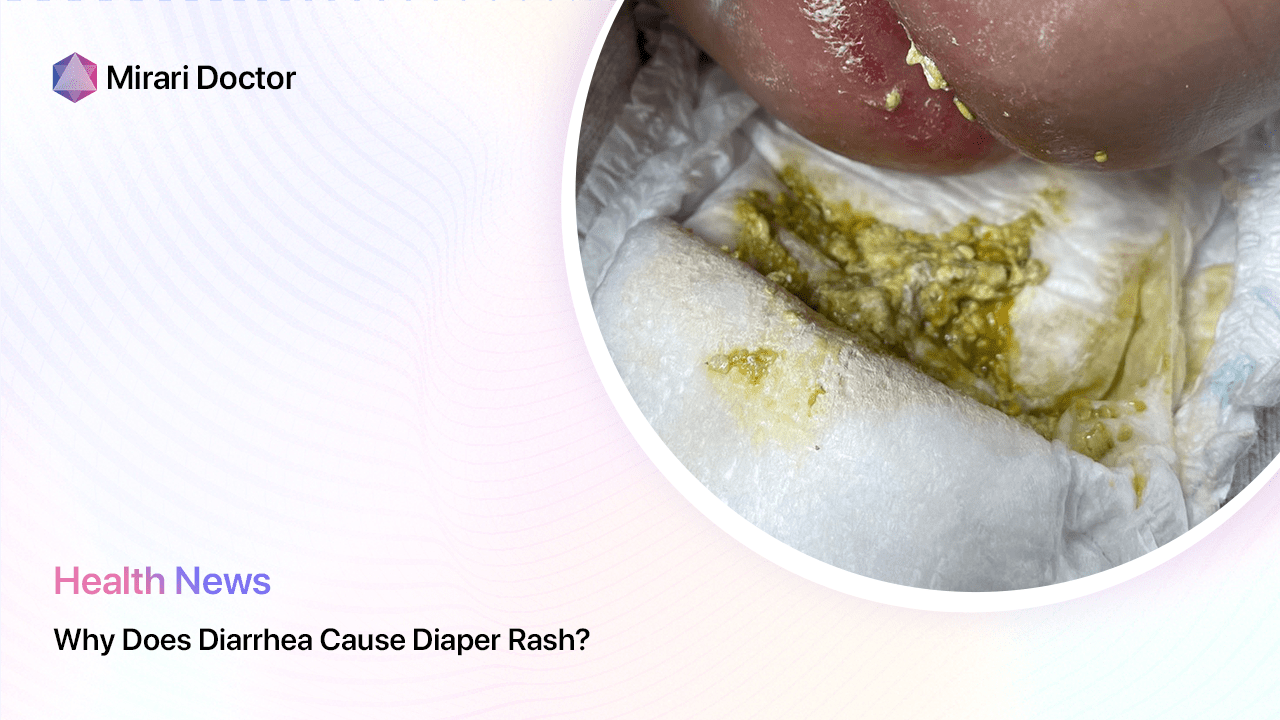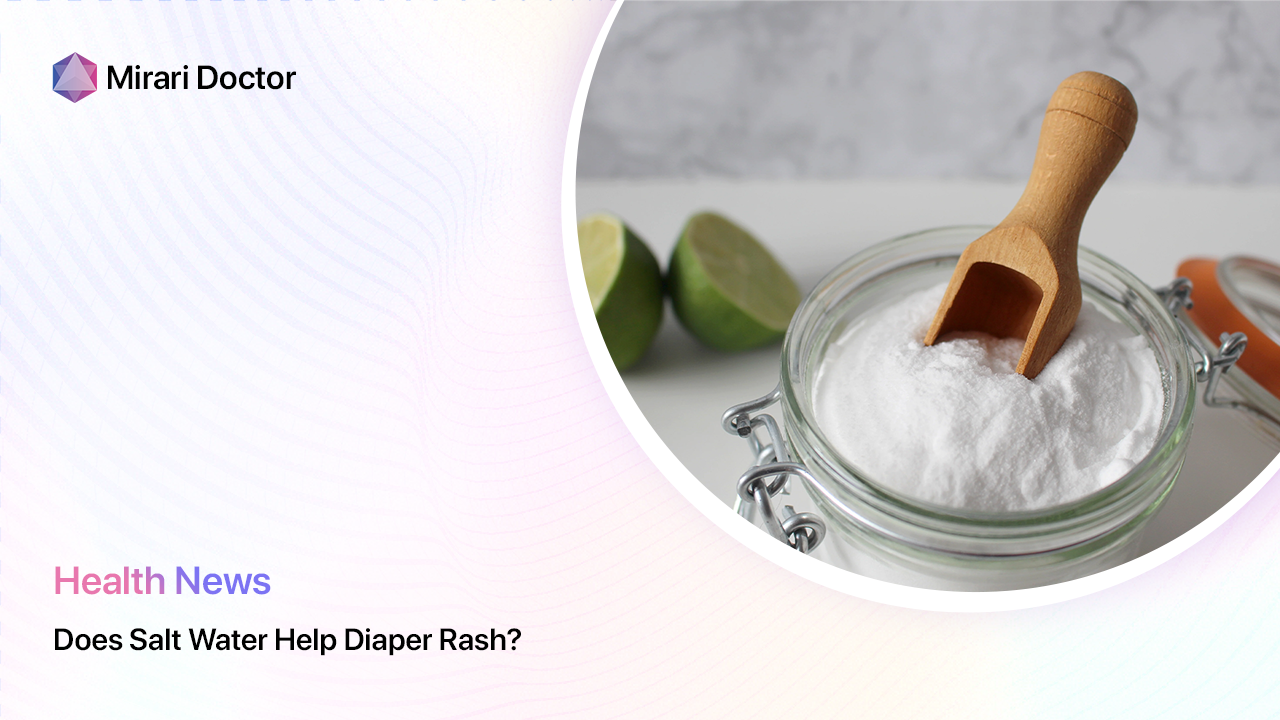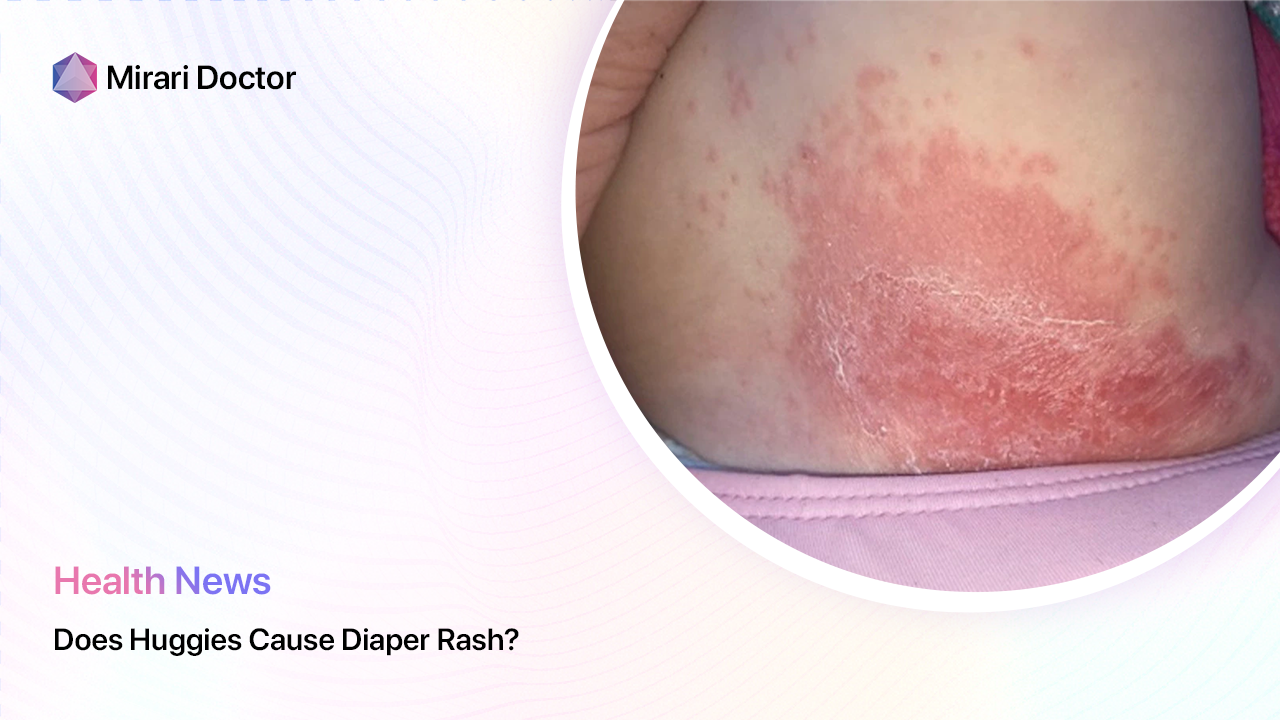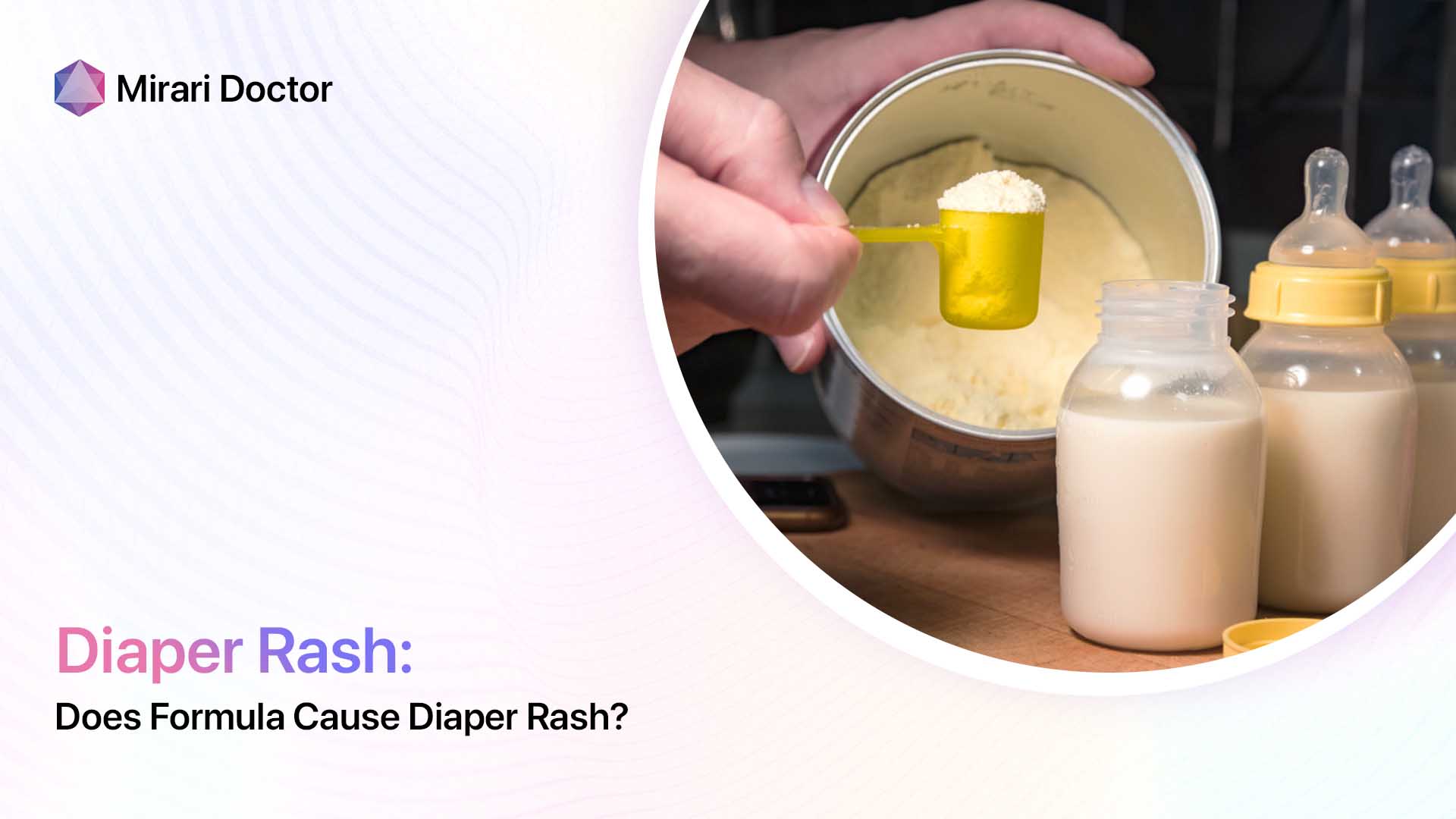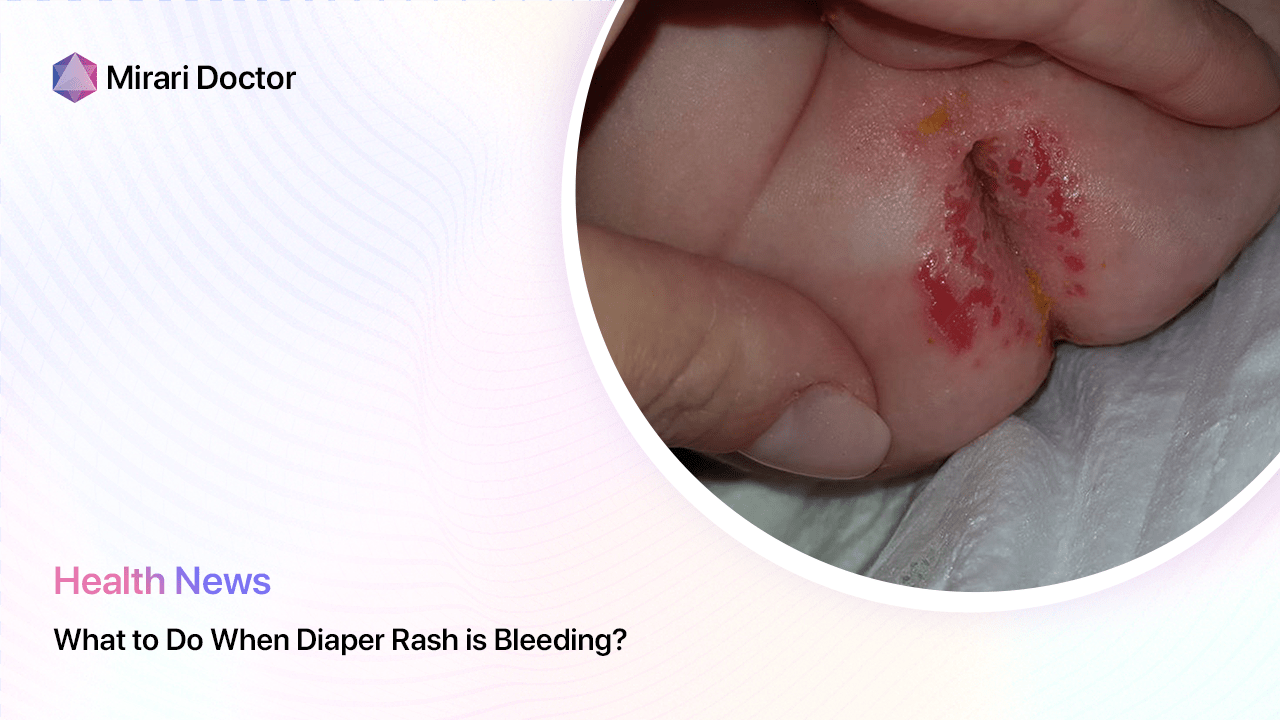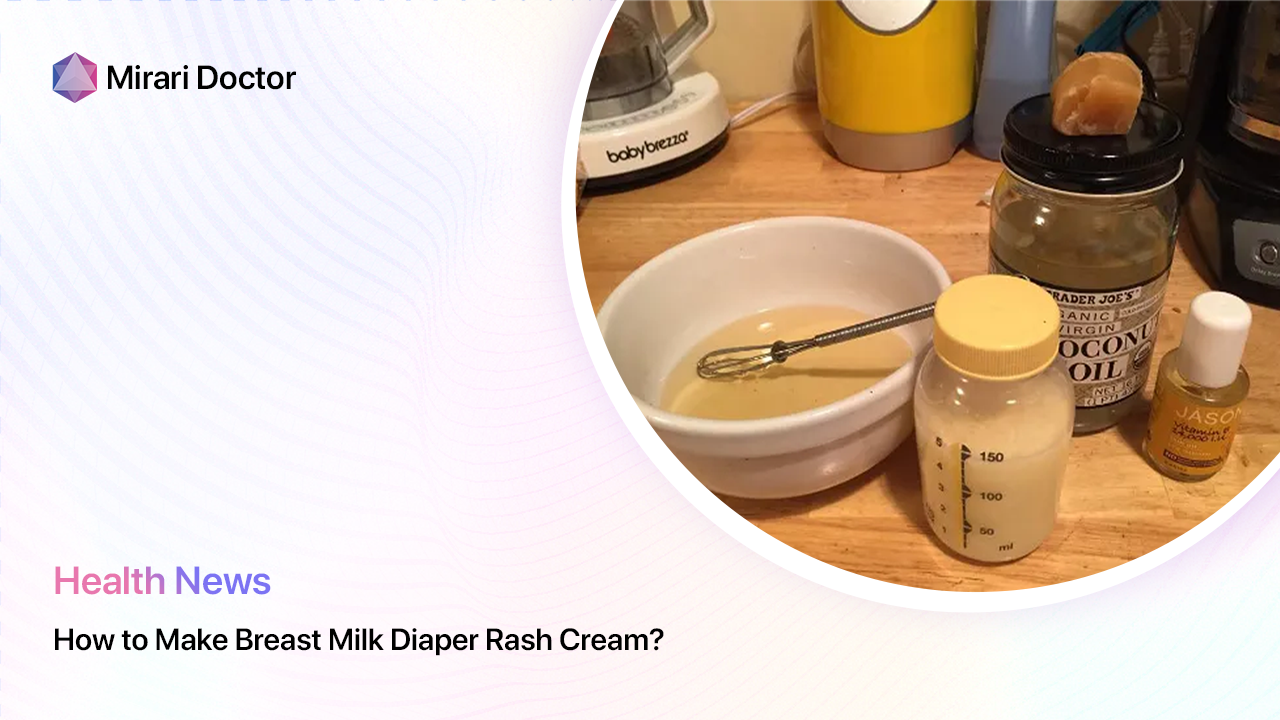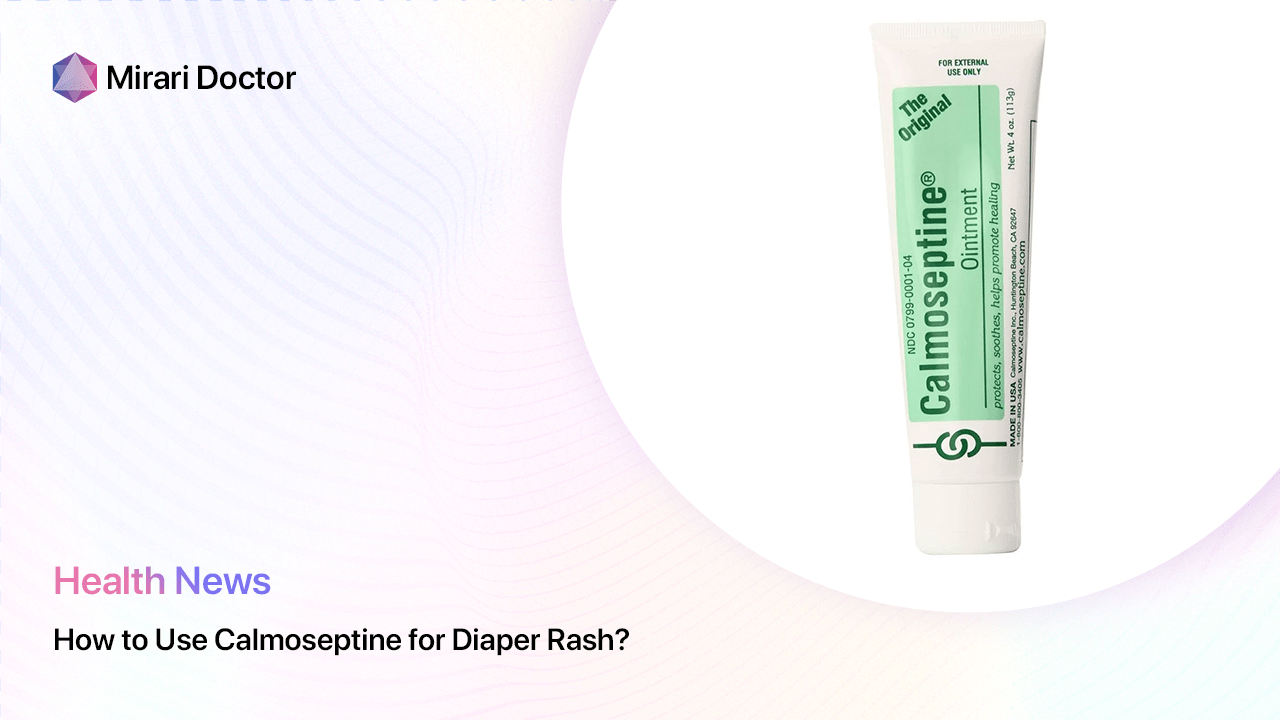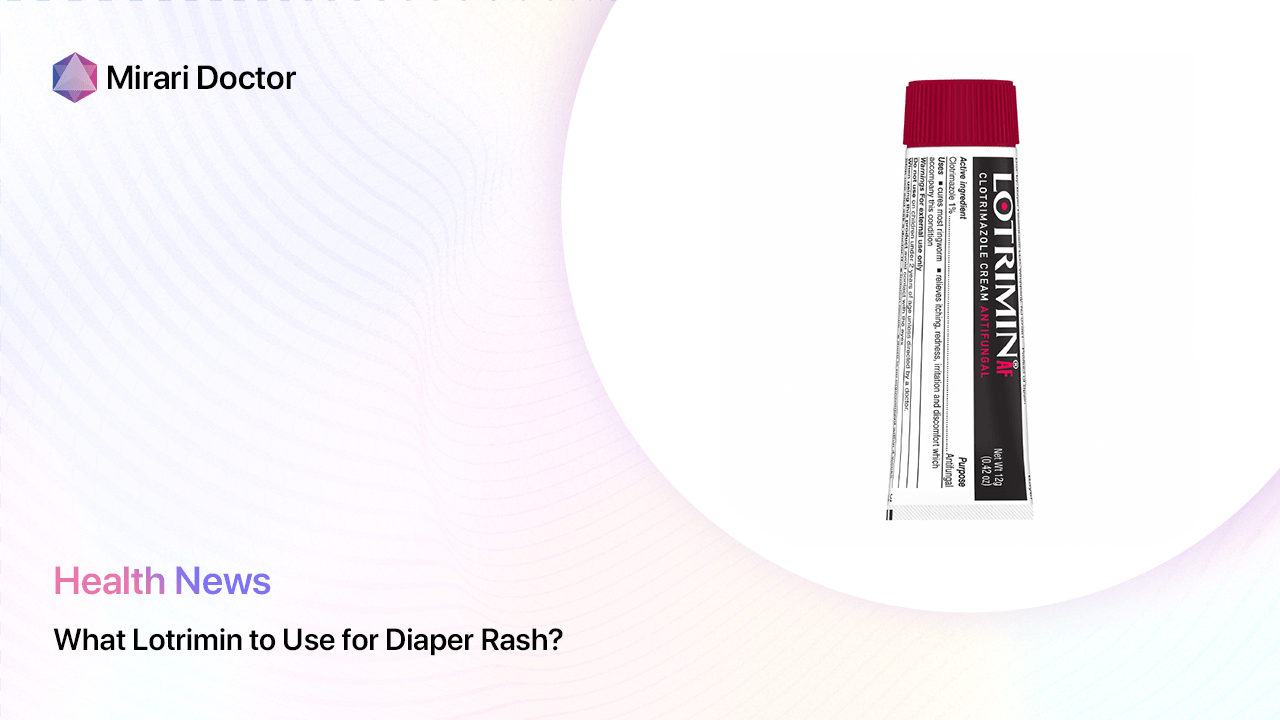
As a new parent, dealing with your newborn’s diaper rash can be a daunting task. Diaper rash is a common skin condition that affects most babies at some point during their diapering years. It can cause discomfort, irritation, and even pain for your little one. In this comprehensive guide, we’ll explore the causes, prevention, and treatment of newborn diaper rash, empowering you with the knowledge to keep your baby’s delicate skin healthy and happy.
Understanding Newborn Diaper Rash
Diaper rash, also known as diaper dermatitis, is an inflammatory reaction of the skin in the diaper area. It is characterized by red, irritated, and sometimes bumpy skin on your baby’s bottom, genitals, and thighs. While diaper rash is most common in infants between 9 and 12 months old, it can occur at any age when diapers are worn [1].
Causes of Diaper Rash in Newborns
Several factors can contribute to the development of diaper rash in newborns:
- Prolonged exposure to moisture: When your baby’s skin is in contact with a wet or soiled diaper for too long, it becomes more susceptible to irritation and breakdown.
- Skin sensitivity: Newborn skin is delicate and more prone to irritation from diaper materials, wipes, and even certain skincare products.
- Chafing and friction: Tight-fitting diapers or clothing can rub against your baby’s skin, causing irritation and rash.
- Introduction of new foods: As you start introducing solid foods to your baby’s diet, changes in stool composition can lead to diaper rash.
- Yeast or bacterial infections: Warm, moist environments like the diaper area are perfect breeding grounds for yeast (Candida) and bacteria, which can cause or worsen diaper rash [2].
Signs of Diaper Rash in Newborns
Identifying diaper rash early is key to providing prompt treatment and relief for your baby. Look out for these signs:
- Red, irritated skin in the diaper area
- Bumps, pimples, or blisters
- Skin that appears shiny or raw
- Fussiness or crying during diaper changes, indicating discomfort
If you notice any of these symptoms, it’s time to take action and start treating your newborn’s diaper rash.
Newborn Diaper Rash Prevention
Preventing diaper rash is always better than treating it. Here are some tips to keep your newborn’s skin healthy and rash-free:
- Change diapers frequently: Keeping your baby’s skin clean and dry is crucial. Change wet or soiled diapers as soon as possible, ideally every 2-3 hours or as needed.
- Use the right diaper size: Diapers that are too tight or too loose can cause chafing and irritation. Ensure a proper fit by choosing the appropriate size for your baby’s weight and age.
- Gentle cleaning: Use warm water and soft, fragrance-free wipes or a clean washcloth to clean your baby’s diaper area. Avoid rubbing or scrubbing the skin, as this can cause further irritation.
- Allow air time: Let your baby’s skin breathe by allowing some diaper-free time throughout the day. Place them on a clean towel or waterproof mat for a few minutes during each diaper change.
- Choose hypoallergenic products: Opt for diapers and wipes that are free from fragrances, dyes, and other potential irritants. Look for products labeled “hypoallergenic” or “sensitive skin.”
- Apply a barrier cream: After each diaper change, apply a thin layer of a zinc oxide-based diaper rash cream or ointment to create a protective barrier between your baby’s skin and potential irritants [3].
Newborn Diaper Rash Treatment
Despite your best prevention efforts, diaper rash may still occur. If your newborn develops a rash, follow these treatment tips:
Best Creams for Newborn Diaper Rash
- Zinc oxide: Look for diaper rash creams with a high concentration of zinc oxide (at least 40%). This ingredient forms a protective barrier on the skin, promoting healing and preventing further irritation.
- Petroleum jelly: Plain petroleum jelly can be an effective and inexpensive option for mild diaper rash. It helps soothe and protect the skin.
- Antifungal creams: If your baby’s diaper rash is caused by a yeast infection, your pediatrician may recommend an antifungal cream, such as nystatin or clotrimazole [4].
Newborn Diaper Rash Home Remedies
In addition to using diaper rash creams, you can try these home remedies to soothe your baby’s skin:
- Warm baths: Give your baby a warm bath with just water or a mild, fragrance-free cleanser. Avoid using soap, as it can dry out and irritate the skin.
- Oatmeal baths: Add a cup of finely ground oats to your baby’s bathwater. Oatmeal has anti-inflammatory properties that can help relieve itching and soothe the skin.
- Baking soda: Sprinkle a small amount of baking soda into the bathwater to help neutralize acid on the skin and promote healing.
Remember to always consult your pediatrician before trying any home remedies, especially if your baby’s rash is severe or not improving.
When to See a Doctor
Most cases of newborn diaper rash can be managed at home. However, seek medical attention if:
- The rash doesn’t improve after a few days of home treatment
- The rash spreads or becomes more severe
- Your baby develops a fever
- You notice signs of infection, such as pus, blisters, or bleeding
- Your baby seems excessively fussy or in pain
Your pediatrician can assess the rash and recommend appropriate treatment, which may include prescription creams or oral medications.
Caring for Premature Newborns with Diaper Rash
Premature babies have even more delicate skin than full-term infants, making them more susceptible to diaper rash. If your preemie develops a rash:
- Be extra gentle when cleaning and handling their skin
- Use premature-sized diapers to ensure a proper fit
- Change diapers more frequently to minimize moisture exposure
- Consult your pediatrician for product recommendations specific to your preemie’s needs
Newborn Diaper Rash Care Tips
- Be consistent: Establish a regular diaper changing routine and stick to it. Consistency is key in preventing and treating diaper rash.
- Avoid baby powder: Talc-based baby powder can irritate your baby’s lungs if inhaled. Instead, use a diaper rash cream or ointment to keep the skin dry.
- Wash your hands: Always wash your hands before and after each diaper change to prevent the spread of bacteria.
- Avoid tight clothing: Dress your baby in loose, breathable clothing to allow air circulation and prevent chafing.
- Be patient: Diaper rash can take several days to improve. Continue with your treatment plan and contact your pediatrician if you don’t see progress.
Summary
- Diaper rash is a common skin condition in newborns, caused by factors such as moisture, friction, and skin sensitivity.
- Preventing diaper rash involves frequent diaper changes, gentle cleaning, allowing air time, and using hypoallergenic products.
- Treatment options include zinc oxide creams, petroleum jelly, antifungal creams (if needed), and soothing home remedies like warm baths.
- Seek medical attention if the rash is severe, not improving, or showing signs of infection.
- Premature babies require extra care and gentleness when dealing with diaper rash.
- Consistency, patience, and proper hygiene are essential for successful newborn diaper rash care.
FAQs
How often should I change my newborn’s diaper to prevent diaper rash?
Change your newborn’s diaper every 2-3 hours, or as soon as it becomes wet or soiled, to keep their skin clean and dry.
Can I use cornstarch to treat my baby’s diaper rash?
No, cornstarch is not recommended for treating diaper rash, as it can promote the growth of yeast and worsen the condition.
Is it normal for my newborn to have diaper rash?
Yes, diaper rash is a common condition that affects most babies at some point during their diapering years. With proper prevention and treatment, it can be managed effectively.
Can breastfed babies get diaper rash?
Yes, breastfed babies can still develop diaper rash. However, they may be less prone to it compared to formula-fed babies due to differences in stool composition.
How long does it take for newborn diaper rash to heal?
Most cases of newborn diaper rash will start to improve within a few days of home treatment. If the rash persists or worsens after several days, consult your pediatrician.
References
- UptoDate. (2022). Patient education: Diaper rash in infants and children. https://www.uptodate.com/contents/diaper-rash-in-infants-and-children-beyond-the-basics
- Klunk, C., Domingues, E., & Wiss, K. (2014). An update on diaper dermatitis. Clinics in Dermatology, 32(4), 477-487. https://doi.org/10.1016/j.clindermatol.2014.02.003
- American Academy of Pediatrics. (2021). Diaper rash. https://www.healthychildren.org/English/ages-stages/baby/diapers-clothing/Pages/Diaper-Rash.aspx
- Merrill, L. (2015). Prevention, Treatment and Parent Education for Diaper Dermatitis. Nursing for Women’s Health, 19(4), 324-337. https://doi.org/10.1111/1751-486X.12218
Related articles
Made in USA


